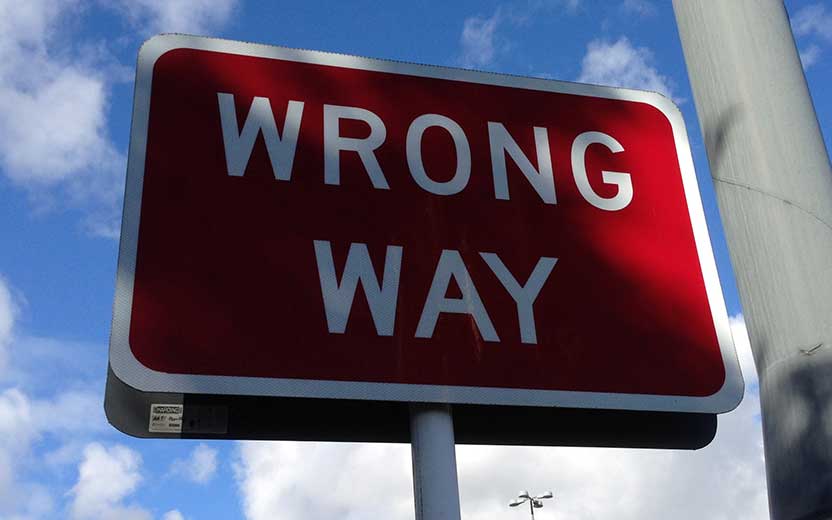By Marcus Fernandez
The City of Tampa boasts more than 130 miles of roadways to accommodate bicycle riders. It also tops the nation for bicycle-friendly businesses. Before dusting off the two-wheeler to head out for a ride around the city, take a few moments to make sure that your bicycle is properly equipped and familiarize yourself with state and local laws you need to obey to be safe and avoid fines or penalties. In this article, we’ll answer the question: Can I ride a bike on the sidewalk in Florida?
How does state law classify bicycles?
Even though a bicycle relies on human power rather than a motor, Florida law includes it along with cars, trucks and motorcycles as a vehicle. Although you do not need a driver’s license, riding a bike grants you all of the rights and subjects you to all of the duties of drivers of motorized vehicles.
What traffic laws must bike riders obey?
Because the law classifies them as vehicles, bicycles are subject to all traffic laws. There are a few rules of the road that may confuse bike riders, including the following:
- Unlike pedestrians who are encouraged to walk facing traffic unless they are on a sidewalk, bicycles must be ridden on the right side of the road to travel in the same direction as other vehicles.
- Bike riders must obey stop signs, traffic lights, and other traffic control devices. This includes obeying signals and gates at railway crossings. It is illegal and dangerous to ride your bike across railroad tracks when signals and gates warn of an approaching train.
- Riders must travel in the same direction as other vehicles on one-way roads and traffic circles or roundabouts.
- Laws against driving under the influence of drugs or alcohol equally apply to bicycle riders. Possession of an open container of an alcoholic beverage is unlawful for operators of all vehicles including bicycles.
Law enforcement officers may issue citations when they observe a bike rider violating the law, but officers are encouraged to use discretion and attempt to educate riders by explaining the law rather than resorting to citing them when the violation appears to be due to poor judgment.
Are there rules that only apply to bicycles?
Some of the rules of the road that apply only to bicycles include the following:
- A bicycle may not carry more than one person at a time unless specifically designed and equipped to carry someone other than a rider. Adult riders may carry a child using a backpack or slinging specifically designed for that purpose.
- A rider must be on a permanently attached seat unless the bike was designed for operation without a seat.
- A bicycle equipped with a seat or carrier designed to carry a child as a passenger may be used for children younger than four years of age or those who weigh no more than 40 pounds.
- Riders and passengers younger than 16 years of age must wear a bicycle helmet.
- Bicycles may not ride more than two abreast on roads, bicycle lanes or sidewalks. They must ride in single file when necessary to avoid interfering with other vehicles or pedestrians or on narrow roadways, paths and bike lanes.
When a group of bike riders stop at a stop sign, the law allows them to proceed as a group of 10 or less. Drivers of other vehicles must yield to permit the group to proceed through the intersection.
Can you ride a bike on the sidewalk?
Riding on a sidewalk is one of the special rules applicable to bike riders and not to motor vehicles. You can ride a bike on the sidewalk provided you yield the right of way to pedestrians. Bike riders on a sidewalk must use a bell or other sound device to alert when passing pedestrians.
What bicycle equipment does Florida law require?
Your bike must be have a headlight if you ride after sunset or before sunrise. The light must be visible on the front from at least 500 feet away. You also must have a red reflector on the rear of the bike. Thirdly, you must have a red light on the back, visible from at least 600 feet.
The other essential equipment required by law on a bicycle are brakes. Brakes must be capable of allowing you to stop within 25 feet at 10 mph on dry pavement.
Contact a Tampa personal injury attorney in case of a bicycle accident
Sharing the road with pedestrians and other vehicles is not without risks for a rider. Bicycle riders in Florida were involved in 6,399 collisions last year that caused 5,672 injuries and 183 deaths. You may be able to recover compensation from the negligent party if you are injured in a bicycle accident. Learn more by contacting with a Tampa personal injury attorney at Kinney, Fernandez & Boire law today.



